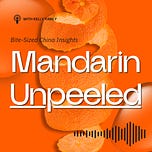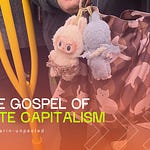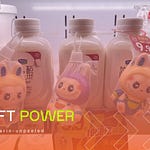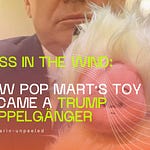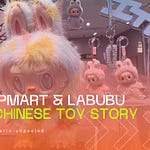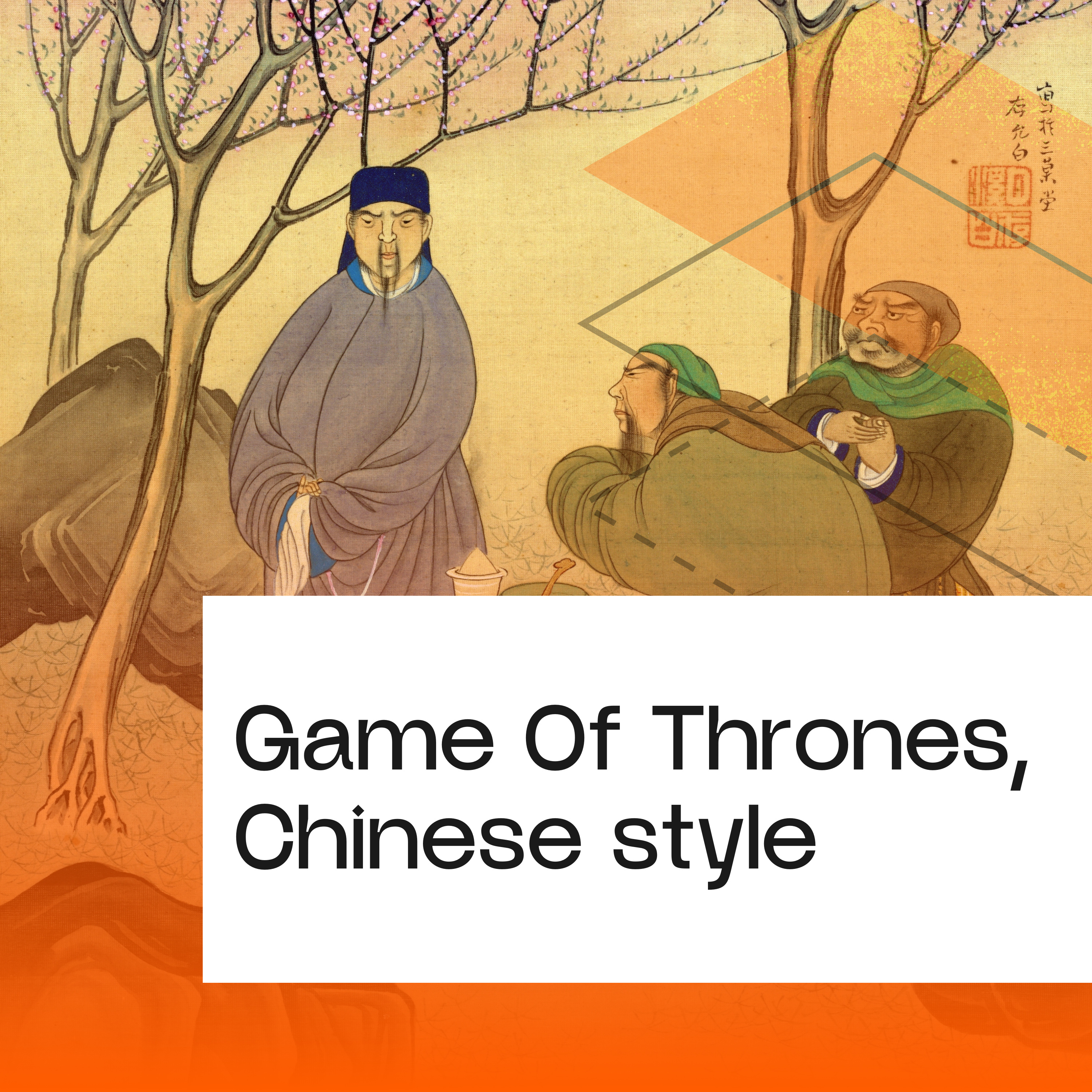This post is the investigative companion guide to “The Labubu File: A Chinese Toy Story” from the ‘Mandarin Unpeeled’ podcast. If you haven’t listened yet, I recommend starting there and following us for the full story. Listen wherever you get your podcasts.
Once upon a time, Popmart announced that it had the great ambition of becoming ‘China’s Disney’.
But somewhere along the way, that vision was quietly retired. In its place, emerged a shiny new aspiration: ‘The World’s Pop Mart’.
How that ambition will take shape remains anyone’s guess. But in 2023, Popmart did something too Disney-like to ignore: it opened a theme park in Beijing, called Popland.
If you squint, Popland looks familiar — the parades, the costumed characters, the themed desserts, the curated photo ops, and dessert houses inspired by its signature doll.
The only thing missing might be a mouse in red shorts.
Financially, Popmart hasn’t said much about how Popland’s doing. The only trace appears in its financial statement: “Amounts recognised in balance sheet relating to leases – Popland: RMB 75.5 million.” Translation? The land lease wasn’t cheap, and the company’s still betting on this experiment.
Popmart describes Popland as an “immersive IP experience,” designed to deepen fans’ emotional connection with its characters. But on social media, the magic isn’t convincing everyone. Tickets cost RMB 150–180 (roughly $21, or $25 on weekends), a fraction of Shanghai Disney’s $60 starting price — and a fraction of its scale, too: about one-tenth, to be precise.
The real challenge isn’t just size — it’s story. Disney characters come with decades of built-in lore. Mickey has history. Elsa has heartbreaks. Labubu, Molly, and Dimoo are adorable but essentially wordless. You love them because they look a certain way, not because they say or do anything.
So the question becomes: what happens when you build a theme park around pure aesthetics rather than narrative? Can you sustain emotional connection without story?
Popland isn’t meant to be a park in the traditional sense — it’s a physical manifestation of a fandom. A selfie-friendly wonderland built not for escapism but for expression.
Where Disney sells fantasy, Popmart sells identity.
And if Popmart can turn that sense of “cute cool” into a global emotional currency — one that speaks fluent TikTok, streetwear, and nostalgia — then maybe Popland doesn’t need to rival Disney at all.
It could end up inventing something entirely new: a theme park for the age of hyper-self-expression.
Source:
INTERIM RESULTS ANNOUNCEMENT FOR THE SIX MONTHS ENDED 30 JUNE 2025, POP MART INTERNATIONAL GROUP LIMITED
Want more pulp? Here’s how to get it:
📩 Subscribe on→ Substack
🍊 Instagram → @mandarin_unpeeled
💬 Bluesky → @mandarin-unpeeled.bsky.social
🎙️ Podcast Episode →
🌏 About Mandarin Unpeeled: Bite-sized explainers that unwrap how China really thinks, feels, and evolves, and how it is already impacting you — told by someone who’s lived, studied, and worked across both East and West.


